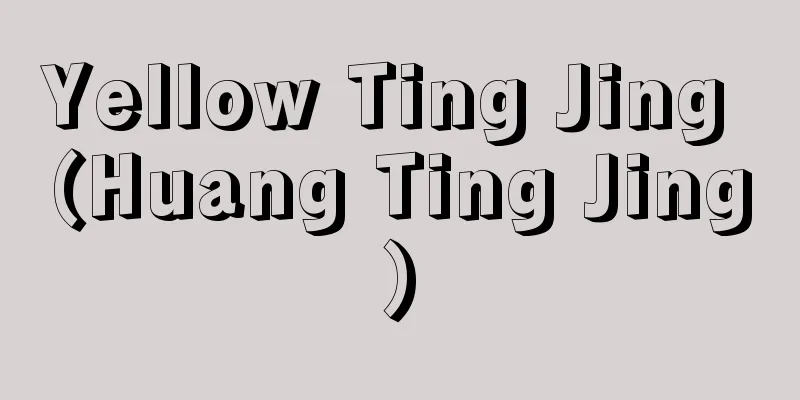Constitutional law - Seitaisho

|
The Act on the Organization of the Government was issued by the new Meiji government on April 21, 1868 (Keio 4) based on the Five Articles of the Oath. It was drafted by Counsellors Fukuoka Takachi and Soejima Taneomi, and is said to have referred to such books as "Renpo Shiryaku" by American E. Bridgman and "Seiyo Jijo" by Fukuzawa Yukichi. The Act consists of 15 articles, and clarifies that the government is to be concentrated in the Dajokan, and that under the Dajokan are to be seven offices: the Council of State, Administration, Shinto, Accounting, Military Affairs, Foreign Affairs, and Criminal Law, and that, based on the principle of separation of powers, the Council of State is to be in charge of legislation, the Criminal Law Officer is to be in charge of justice, and the other five offices are to be in charge of administration. It also clarifies that each office is to be elected every four years, and that the Council of State is to be divided into Upper and Lower Bureaus, and to set up agendas and hold public debates. However, this system was too radical for the time and did not fit the national conditions, and it faded as the Meiji government's power became more firmly established. The Council of State was abolished, the Upper Bureau Council became the executive branch, and the Lower Bureau was changed from the Public Council to the Collection House. Within a year the separation of powers had collapsed, and public elections for government officials were only held once. Source: Encyclopaedia Britannica Concise Encyclopedia About Encyclopaedia Britannica Concise Encyclopedia Information |
|
明治新政府が五箇条の御誓文に基づいて,慶応4 (1868) 年閏4月 21日に発布した政体組織法のこと。起草には,参与福岡孝弟と同副島種臣があたり,アメリカ人 E.ブリッジマンの『聯邦志略』や福沢諭吉の『西洋事情』などを参考にしたといわれる。全文は 15ヵ条から成り,政権を太政官に集中し,その太政官のもとに議政,行政,神祇,会計,軍務,外国,刑法の七官をおき,三権分立主義の立場から,議政官に立法を,刑法官に司法を,そして他の五官に行政をそれぞれ担当させることなどを明らかにしている。また,諸官とも4年ごとの公選制によるとされ,議政官は,上局,下局に分けられ,議事をたて世論公議をとることを明らかにしている。しかしこの制度は当時としては急進的で国情に合わず,明治政府の権力の基礎が固められてゆくに従って色あせ,議政官は廃止,上局議院は行政府となり,下局は公議所から集議院へと変って1年あまりで三権分立はくずれてゆき,官吏公選も結局1度実施されただけに終った。
出典 ブリタニカ国際大百科事典 小項目事典ブリタニカ国際大百科事典 小項目事典について 情報 |
<<: Vital staining - Seitai Senshoku
>>: Theory of political cycles
Recommend
Greater Bearded Bat - Greater Bearded Bat
...There are 12 species in Japan, accounting for ...
Shinano Mainichi Shimbun - Shinano Mainichi Shimbun
Nagano Prefecture's leading daily newspaper. ...
Falling motion - Rakkyaundo
All objects on the ground are subjected to a forc...
Akazaragai - Akazaragai
A bivalve mollusc of the Bivalve family of the Pe...
Kashikiare [river] - Kashikiare
…Downstream from Barrancas, about 110 km from the...
Furuyu [Hot spring] - Furuyu
This hot spring is located in Fuji-machi, Saga-gun...
mean time to failure
...In contrast to the failure rate for reliabilit...
Volksmusik
...The term folk song (Volkslied or Volksgesang i...
Cabinet Library - Cabinet Library
This government library was established by the Da...
Gülick, JT
…However, it was M. Wagner (1868) who proposed th...
Nishikata [town] - Nishikata
A former town in Kamitsuga County in the southwest...
Mobility craft
…Also called a motor boat. A vessel that has an i...
Display device
A general term for devices (elements, functional p...
crown cork
… The so-called “crown cork” that is placed on th...
Li Qingzhao
A female lyricist in the Song dynasty of China. H...





![Motobu [town] - Motobu](/upload/images/67cd050ea99d1.webp)



